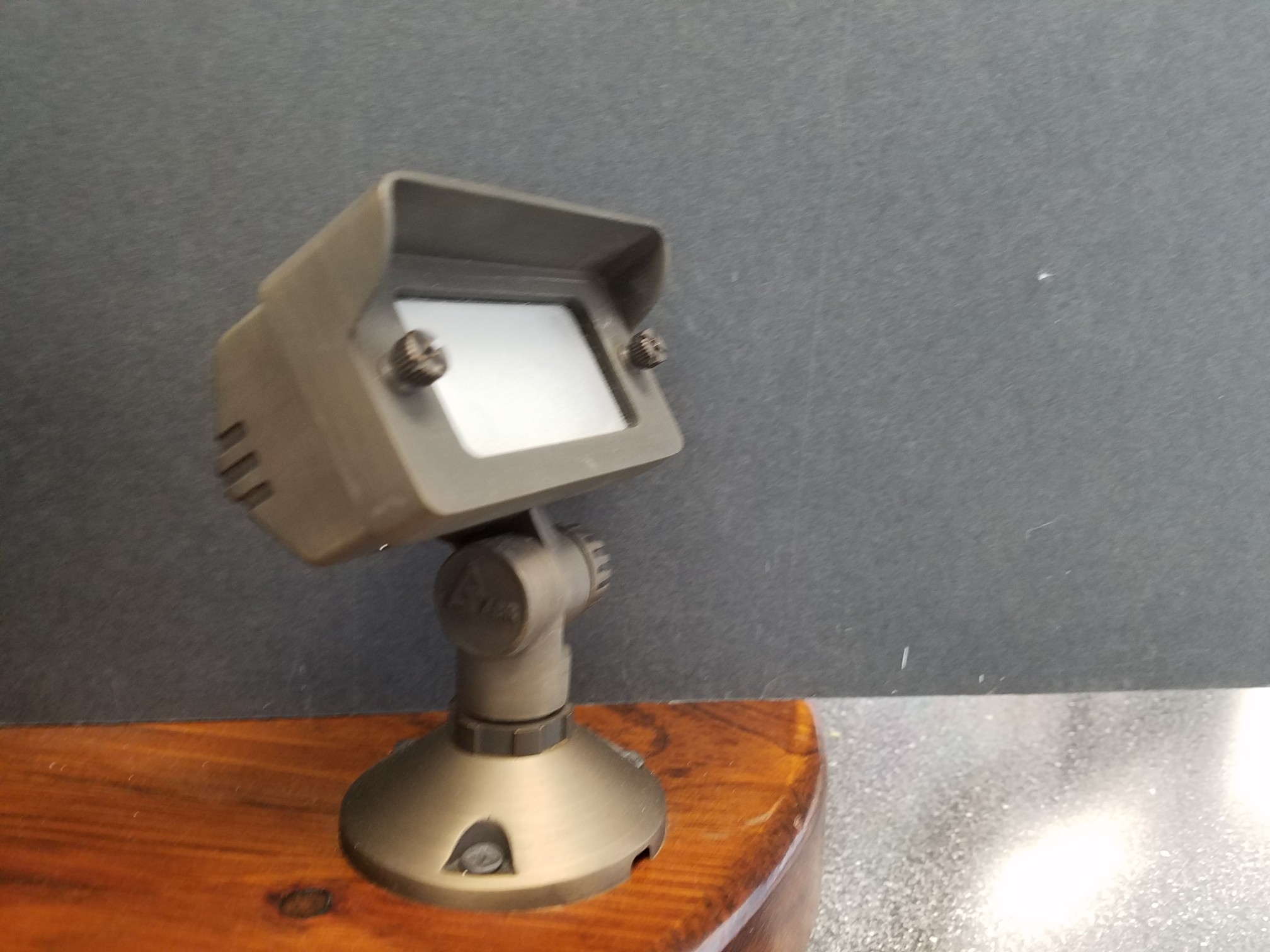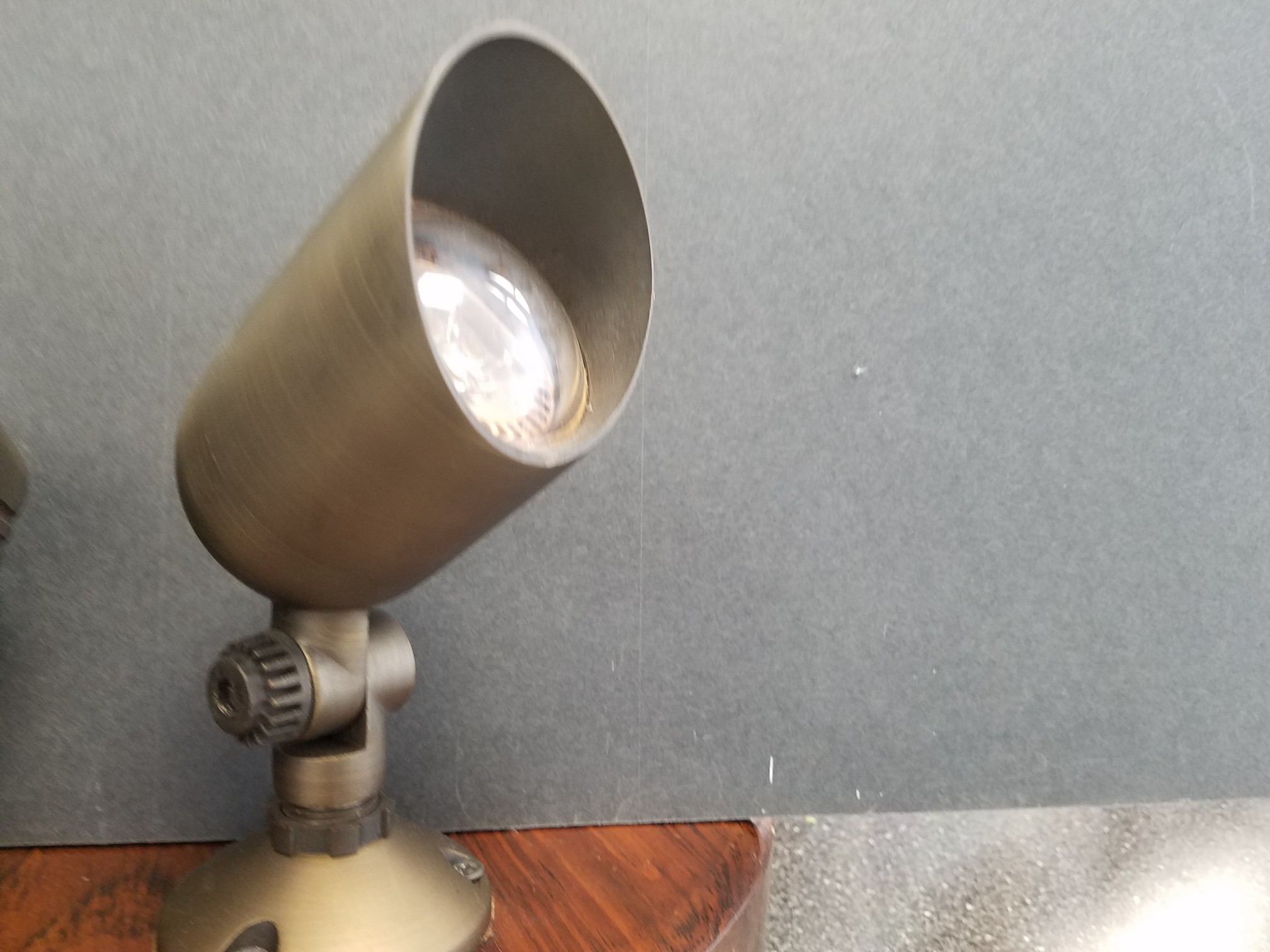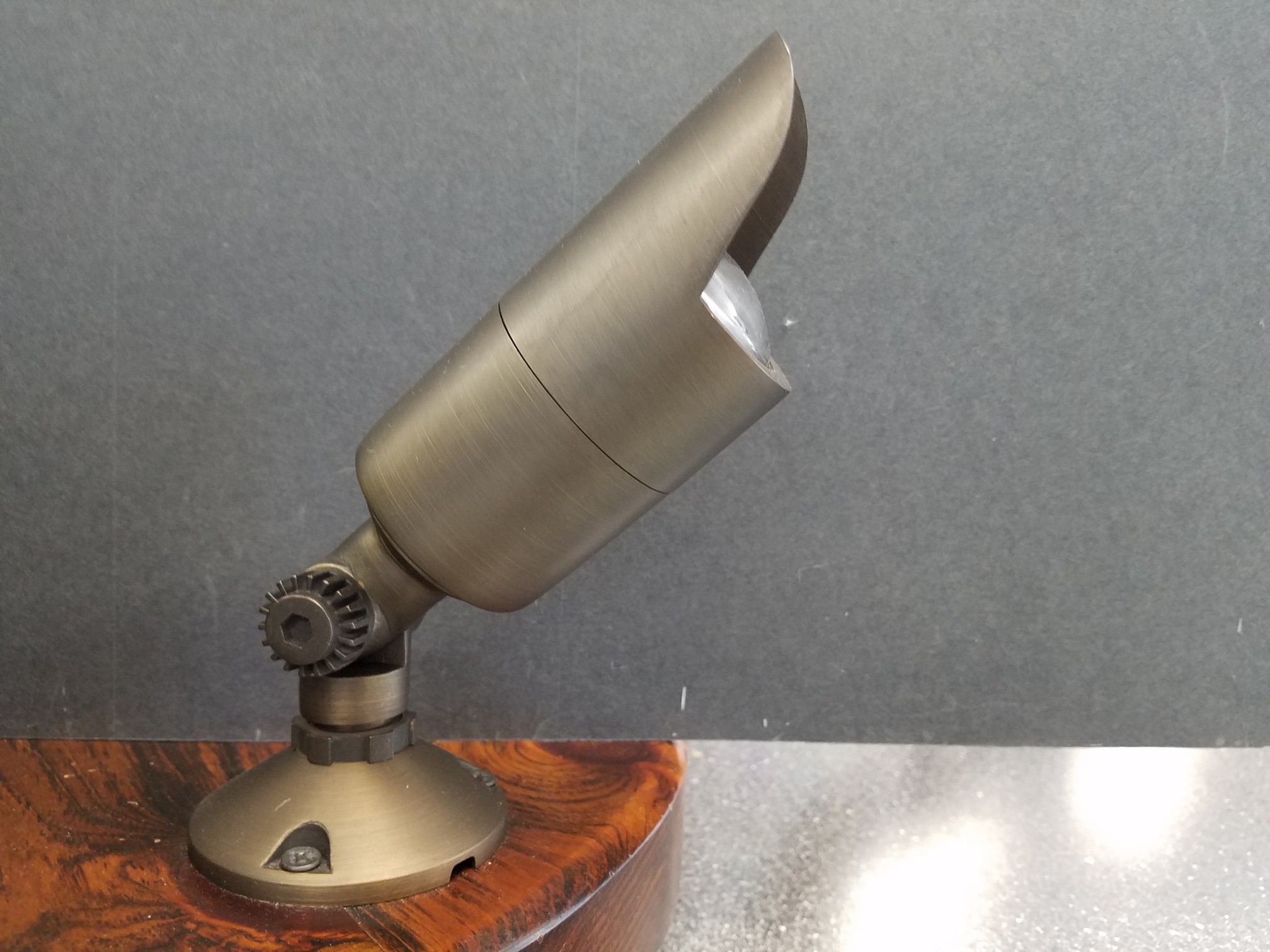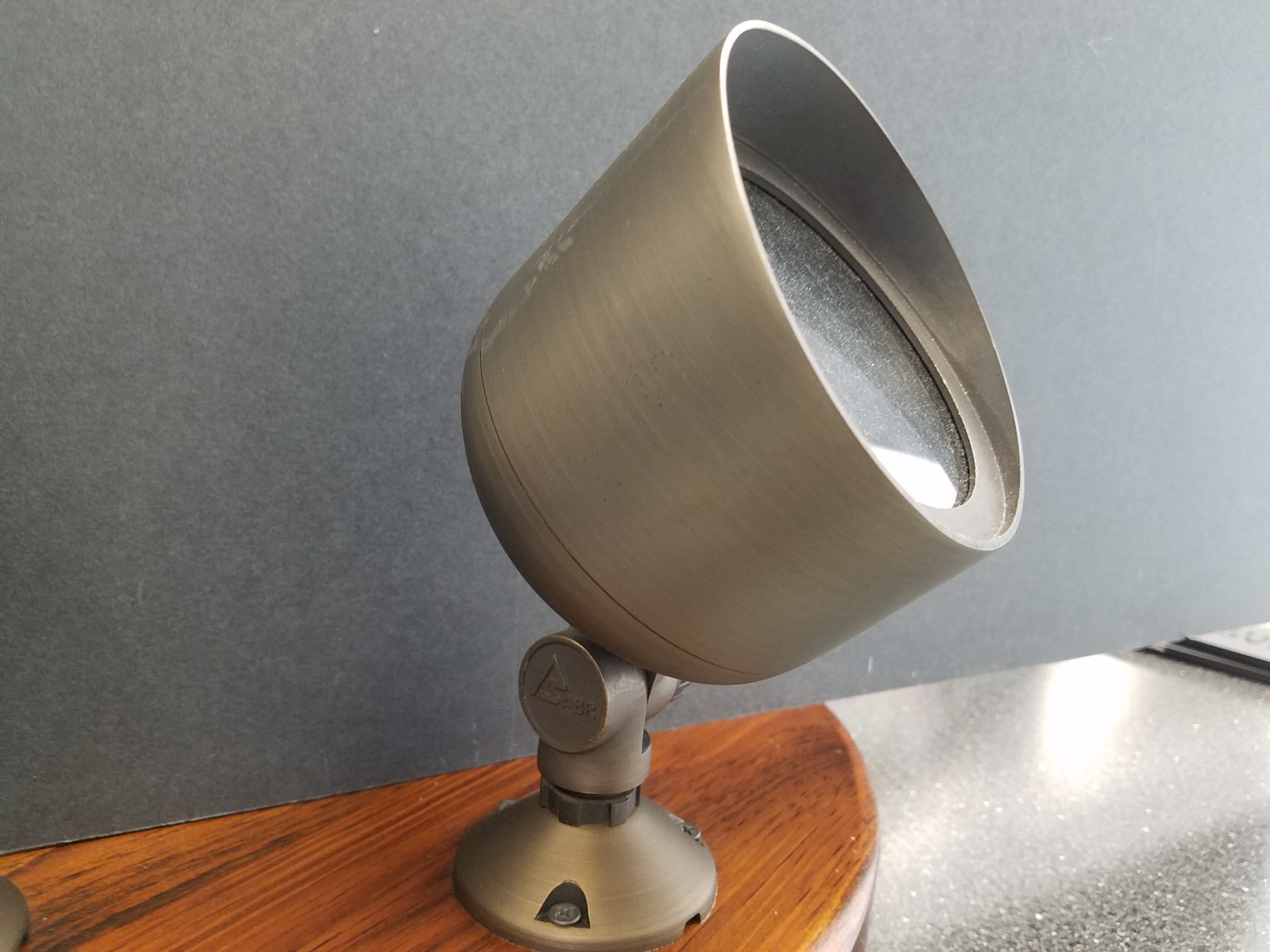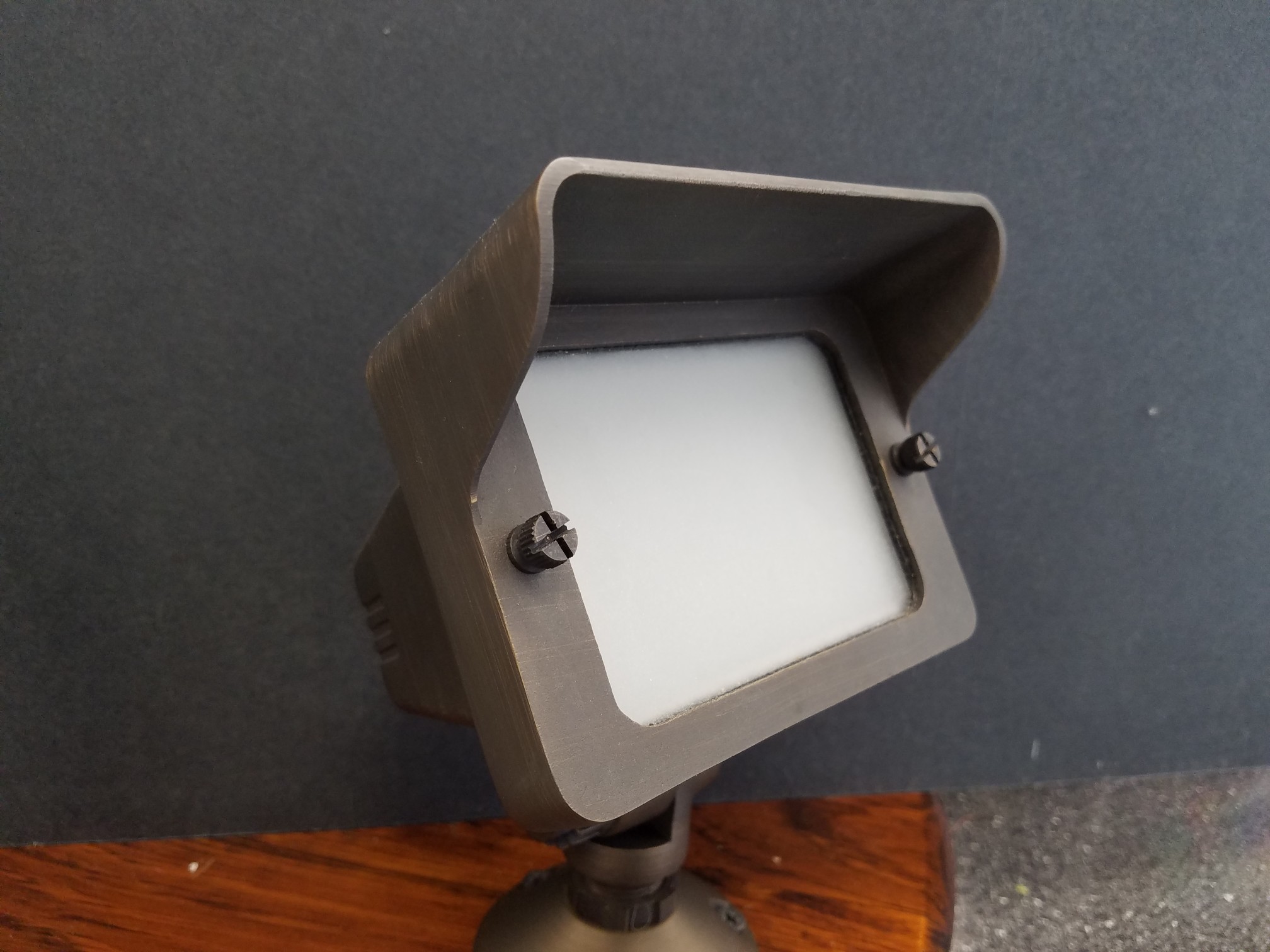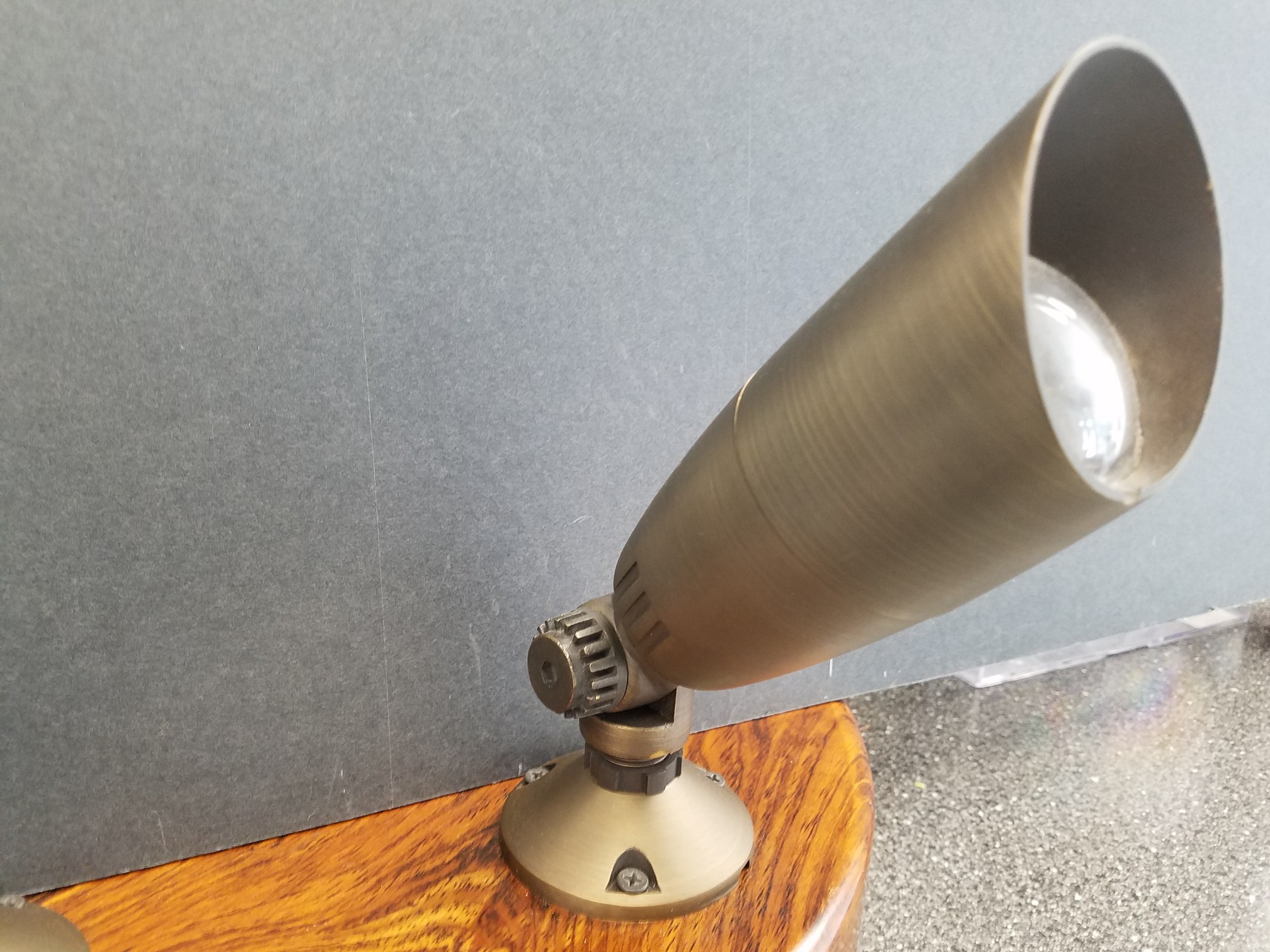Repair and Bulbs
We are Landscape Lighting Troubleshooting experts, familiar with all the major manufacturers such as: Fx Luminaire, Cast-Lighting, Unique Lighting, ABR lighting, Aurora, Kim, Hinkley, Kichler and more….
Landscape Lighting repair
Outdoor Lighting maintenance
Outdoor Lighting bulbs out
Outdoor Lighting repair
Finish pointing
Bulb replacement
Cut wires
Fixture replacement
LED bulb changeover
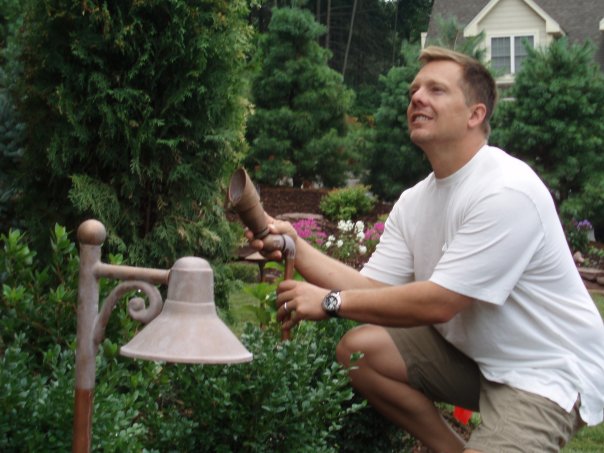
“WE ARE LICENSED AND READY TO MEET YOU IN THE DARK”
Here is a quick guide to managing and identifying problems with your landscape lighting system.
MY LIGHTS ARE NOT WORKING. HOW COME?
Some lights are out but not all of them. There could be several reasons why your LED/ HALOGEN bulbs burn out or go out prematurely due to the engineering of the system or impact of nature. The problems can be two-fold or completely electrical.
Lighting fixtures have to be durable enough to withstand all components of failure, not limited to freezing conditions, rain water, snow plowing, irrigation overspreading, lawn mowing, trimming, hand edging, planting, landscaping and ball playing.
After careful inspections – it would be best to identify to see if the bulb outs are isolated in one area close together or they are sporadic throughout the system.
Let’s examine the close together scenario. When the first few lights in the run had bulb outs for quite some time.
It could be a cut wire or the voltage charge to the receiving fixtures is less than optimal.
You can check the last fixture that works and detect which direction the wire is heading where the bulb is out. Retest that fixture with a new operable bulb to see what happens. Look for disruptive soil, new plants, trees removed, dog watch, drainage and patio improvements to see if any of these could be the culprit for a cut wire feeding the zone of bulb outs.
If the wire appears to be undisturbed, check the hubs which house the wire connections, to see if they are corroded, broken or taken apart. It may be time to replace the splices.
For more specialized detective work you can take an amp meter to the transformer, generating voltage to that particular feed or amp the fixture to see the intake of energy. Sometimes best to call a licensed professional who is familiar with the components of the Outdoor Lighting system.
Here are some of the most common mistakes that DIY’s do when outdoor lighting maintenance is on their Saturday/ Sunday to do lists.
They usually replace the bulb with the wrong or much higher wattage type. Using the wrong wattage This done on the same feed can overload and short out the system.
Do not mix and match halogen bulbs with LED bulbs. When you do the LED bulb changeover, that everyone is talking about, you need to change all the bulbs at once and reengineer the transformer voltage drops to accommodate the lesser usage and feed demand by the LED’s.
A typical example of the wattage for an MR 16 Halogen is 35 watts- sometimes using 2 MR16 bulbs for each tree, totaling 70 watts. The equivalent LED MR16 consumes 4 watts each or 8 watts total for the same lighting strategy. A quick analysis shows you that if there were 10 trees or 700 watts Halogen, it would be equivalent of an 80 watts LED.
If your system was originally designed with halogens already, you have some reconfiguring to do in the transformer box. Rely on a Professional for the correct beam spray, light intensity and color temperature.
HALF OF MY LIGHTS ARE OUT. HOW COME?
This usually indicates that a run or feed is cut or tripped in the common transformer.
It is most accurate when one feed is aligned per common. When there are shared feeds tied into the same common, it gets a little more tedious to locate and separate the feeds from each other. A detailed label system inside the transformer box is always best for guidance.
Try to isolate which wire run or common lead is the correct one for the outage.
Resetting the common is not the only “fix”. It is still necessary to go into the field and find the cut wire, the pulled-out hub connectors or the fused fixture wire in order to find the out culprit.
ALL MY LIGHTS ARE OUT. HOW COME?
This could be as simple as a reset in the primary of the transformer.
A few things to check first and foremost is to see if the outlet is live.
Plug a hair dryer or nifty appliance into the outlet to check if it works or push the reset if it needs resetting. There may have been a storm interruption of the line voltage feed going into the house. Maybe when the power came back on, it was too much surge for the transformer so the “no surge” or “load surge” component in the transformer failed and the transformer tripped off.
In conclusion, once there is power to the outlet and an operable transformer, you need to isolate the timer and test it. Start by unplugging the timer and plug the transformer in directly to see if the lights work or not. If they do it could very well be that the timer failed or needs resetting. Lastly, check out the photocell. Tape the photo eye so the photocell does not turn the system off while servicing during the day. Look into the automation module and follow steps like it would be a timer.
In Need of Fixture Replacement – Service – Bulbs
